Fed Chair Jerome Powell, in his speech at the Economic Club of New York, asserted that while the option for an additional rate hike remains open, a prudent and careful approach will be the governing principle. Market participants, digesting Powell’s words, now overwhelmingly anticipate an extension of Fed’s pause in November, a sentiment reflected in fed fund futures pointing towards a 100% chance of this outcome. Referring to the recent rise in yields, he said it might have an effect “at the margins” on reducing the necessity for further rate hikes.
Powell suggested that the surge in yields might be linked to growing concerns surrounding fiscal deficits and mentioned that the process of Quantitative Tightening could also be influencing it. Highlighting that the uptick in yields acts as a de facto policy tightening, Powell raised the possibility that this might reduce the need for aggressive rate hikes in the future.
Although inflation metrics have dipped during the summer, Powell emphasized, “inflation is still too high, and a few months of good data are only the beginning.” The inflation outlook remains uncertain, marked by the unpredictability of its stabilization point in the upcoming quarters, and Powell concedes that, “the path is likely to be bumpy.”
With an eye on economic growth and labor market dynamics, Powell indicated that persistent above-trend growth or sustained labor market tightness could trigger a reevaluation of the inflation outlook. Such developments “could warrant further tightening of monetary policy.”
Underscoring the complexities and potential pitfalls ahead, Powell stated, Committee is “proceeding carefully.” “We will make decisions about the extent of additional policy firming and how long policy will remain restrictive based on the totality of the incoming data, the evolving outlook, and the balance of risks,” he added.




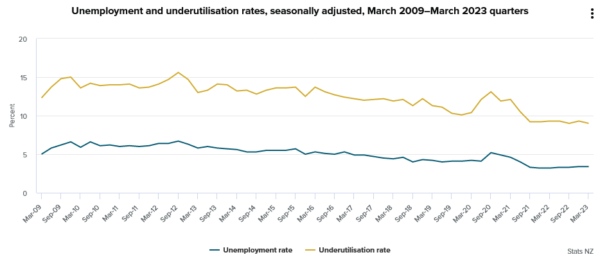
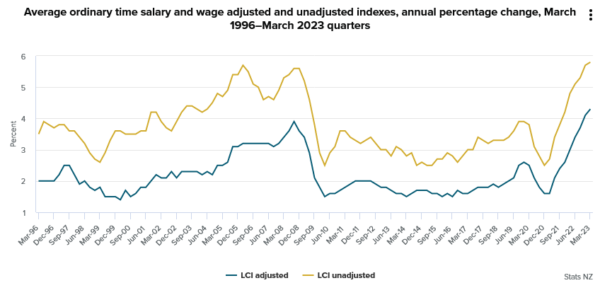

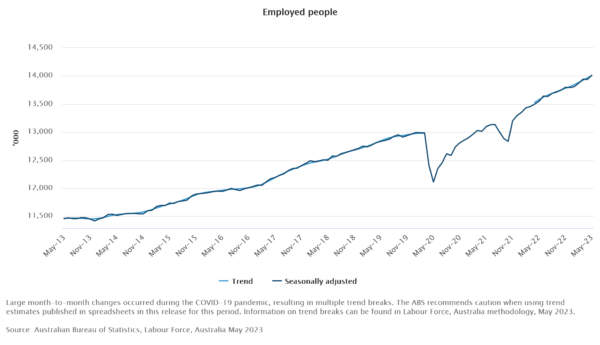
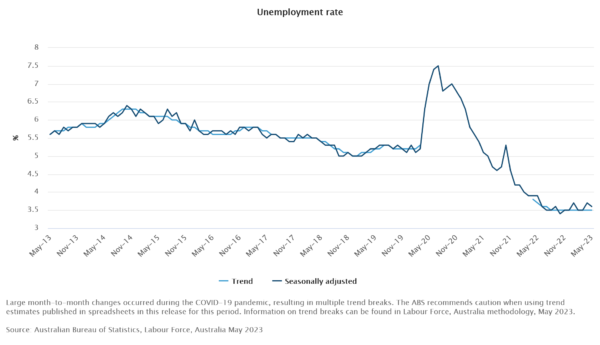
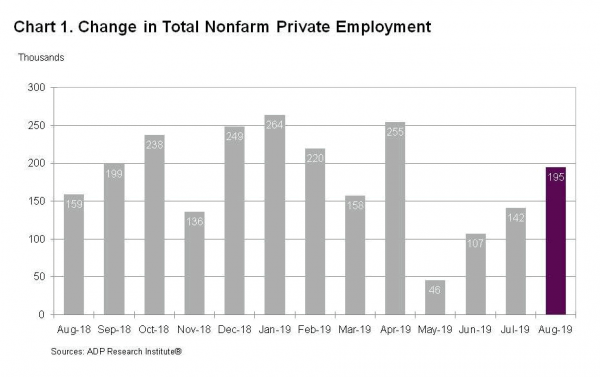
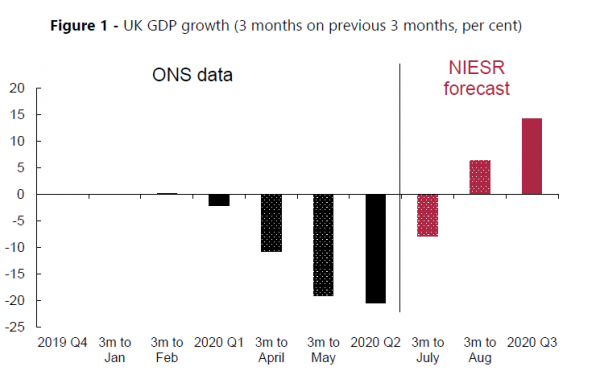
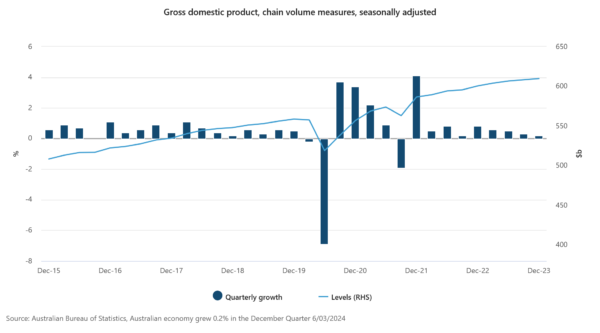
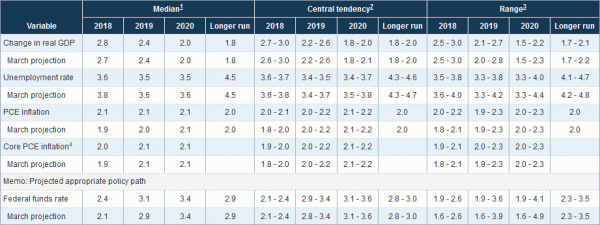
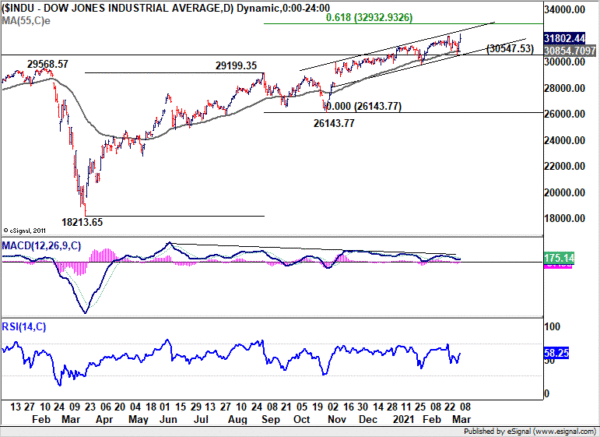
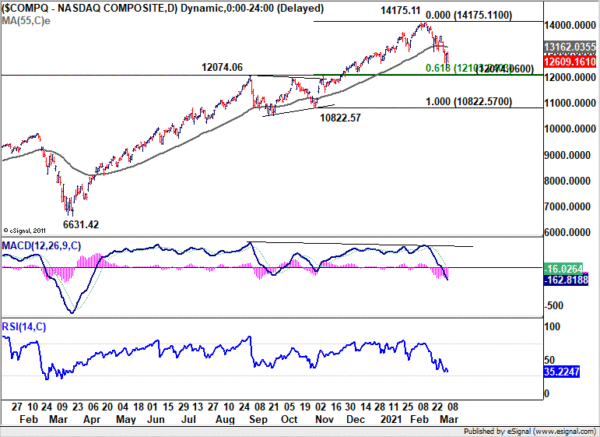
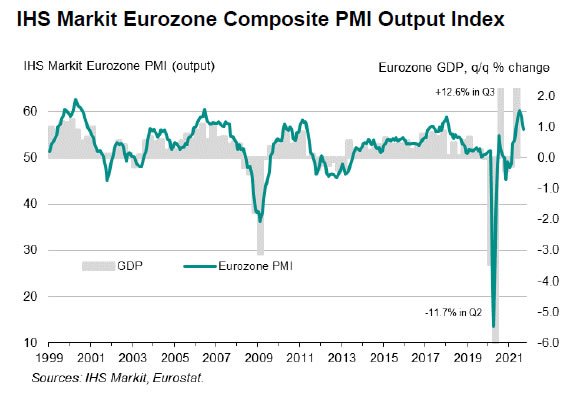
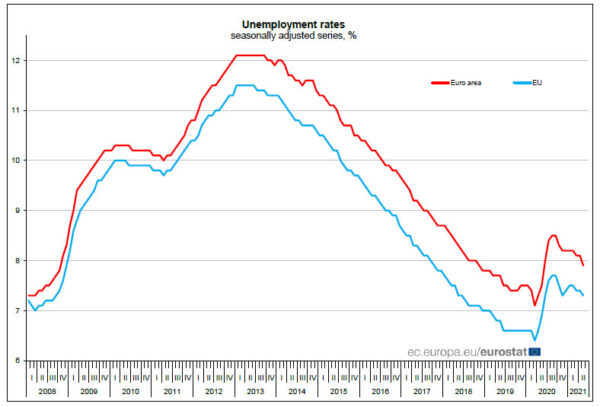
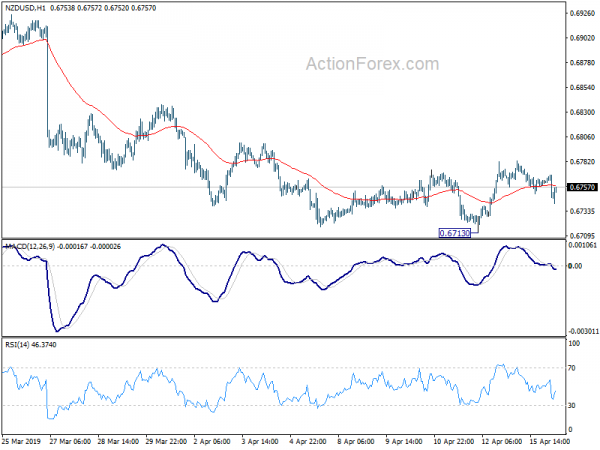

Euro dives as ECB minutes contains no hawkishness, EUR/GBP to test 0.8666
Euro drops sharply as markets are disappointed that ECB account of March monetary policy meeting delivers no hawkishness at all. EUR weakens against all but JPY and CHF as seen in the current 4H heatmap.
In particular, the sharp decline in EUR/GBP is now setting it up for a test on 0.8666 key support.
Regarding inflation, ECB noted that “measures of underlying inflation remained subdued and had yet to show convincing signs of a sustained upward trend.” And, “ample degree of monetary policy accommodation remained necessary to accompany the economic expansion and for price pressures to continue to build up”. Also, “remaining uncertainties and muted underlying inflation pressures called for caution and underlined the need to maintain the prevailing policy posture of prudence, patience and persistence.”
The removal of easing bias on regarding the asset purchase program from the forward guidance was justified because “economic expansion had become more robust and scenarios of large negative economic surprises, leading to renewed deflationary risks, had become less likely.” Still, the Governing Council members emphasized the “prudence, patience and persistence remained warranted and the key elements of the Governing Council’s forward guidance on policy rates and the APP needed to be confirmed, including the open-endedness of the APP.
Regarding Euro’s exchange rate, ECB noted that “recent movements in the euro exchange rate seemed to relate more to the relative monetary policy shocks, including communication, and less to improvements in the macroeconomic outlook.” And, “this suggested that the exchange rate appreciation could be expected to have a more negative impact on inflation.”
ECB also warned that “there was widespread concern that the risk of trade conflicts, which could be expected to have an adverse impact on activity for all countries involved, had increased.” ECB added,”it was also cautioned that negative confidence effects could arise.”
Here is the full account.